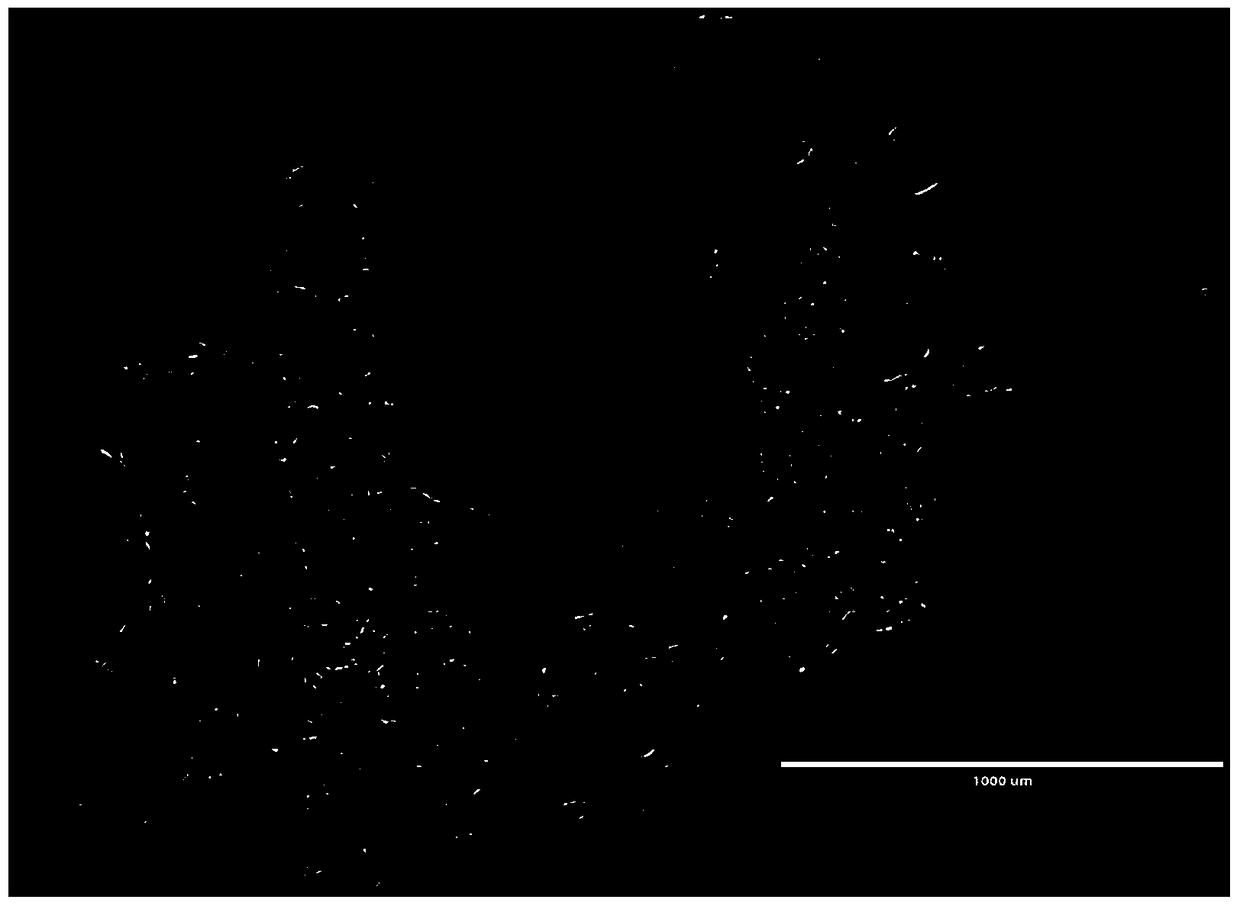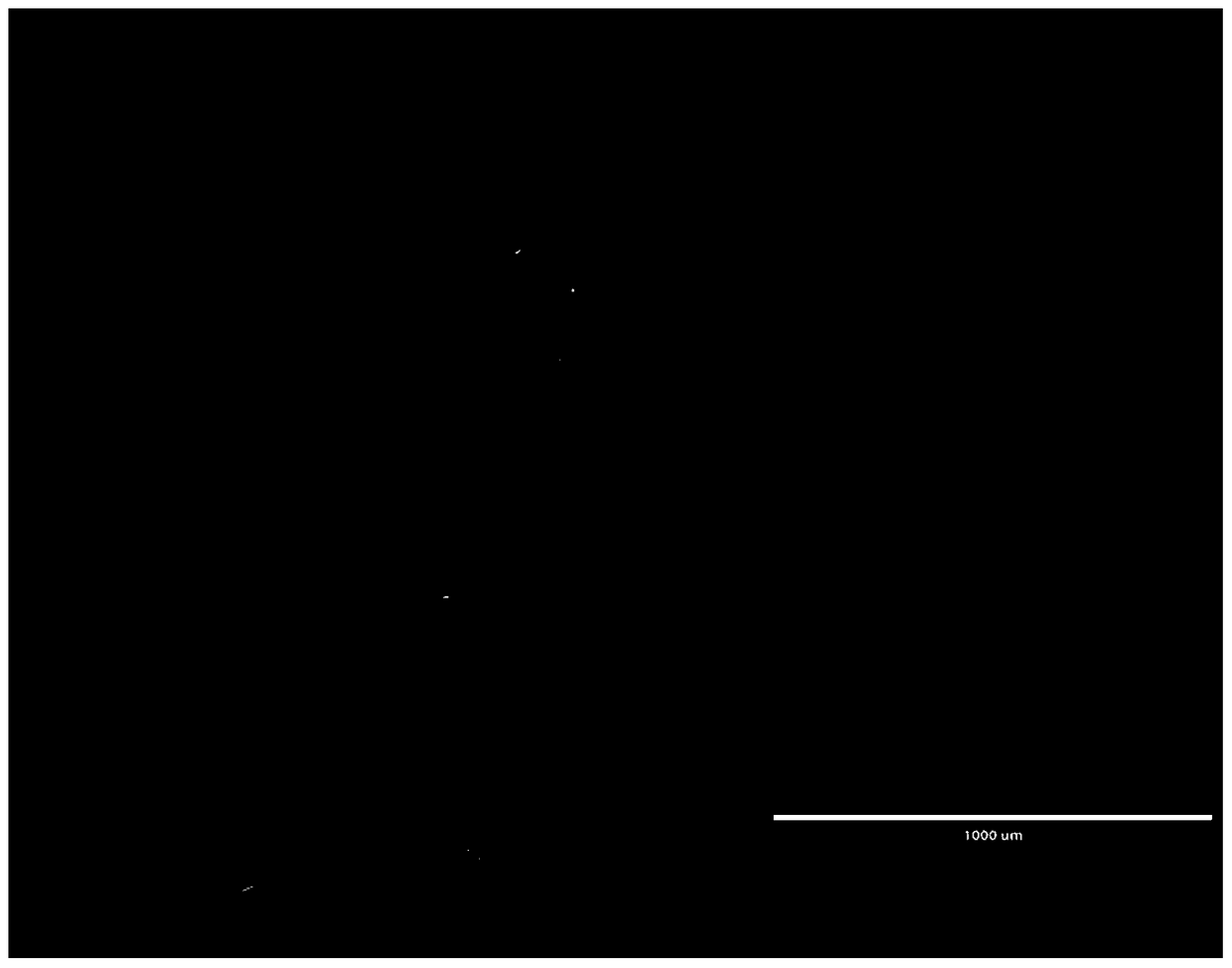A kind of method and application of muskrat scent gland secretory cell isolated and cultivated in vitro
A technology for the separation and cultivation of muskrat scent glands, which is applied in the field of cell biology, can solve the problems of time-consuming, financial and manpower consumption, and low yield and quality of secretory cells, and achieve the effect of shortening the process of separation and purification and simplifying the steps of separation and cultivation in vitro
- Summary
- Abstract
- Description
- Claims
- Application Information
AI Technical Summary
Problems solved by technology
Method used
Image
Examples
Embodiment 1
[0033] 1) Take out the scent gland tissue of the 6-month-old muskrat in the fragrance-producing stage for the test, and quickly place it in 500 U / ml penicillin and streptomycin PBS pre-cooled at 4°C, wash it for 5 times, and use it for later use ;
[0034] 2) Remove the residual fat, blood vessels and connective tissue around the scent gland tissue, peel off the peripheral film of the scent gland tissue, and cut the scent gland tissue into uniform small pieces of tissue with a thickness of 0.7cm with an animal tissue cutting instrument;
[0035] 3) Use 4°C pre-cooled 500U / ml penicillin and streptomycin PBS to wash even small pieces of fragrant gland tissue with a thickness of 0.7cm. After washing 8 times, observe the supernatant from turbid to clear, and centrifuge at 1000rpm / min for 5min , discard the supernatant;
[0036] 4) Add 5ml of 150U type II collagenase to a 15ml centrifuge tube containing a small piece of fragrant gland tissue, pipette evenly, then quickly place it ...
Embodiment 2
[0042] The difference with embodiment 1 is:
[0043]The scent glands were cut into 0.8 cm thick scent gland tissue fragments with an animal tissue cutter, the concentration of type 2 collagenase was 200 U, and the volume of adding type 2 collagenase was 6 ml. The cells obtained after culturing were not significantly different from the cells obtained in Example 1 upon observation.
Embodiment 3
[0045] This embodiment provides a method for culturing muskrat scent gland tissue cells commonly used in the prior art, and the specific steps are as follows:
[0046] 1) The scent gland tissue of a one-year-old male muskrat in the fragrance-producing stage was taken out in a sterile environment, washed with 4°C pre-cooled penicillin and streptomycin PBS for 5 times, and the residual fat around the scent gland tissue was removed. Blood vessels and connective tissue, peel off the peripheral film of the scent gland tissue, use ophthalmic scissors or a scalpel to cut the scent gland tissue into a uniform thickness of 1mm 3 Small pieces of tissue;
[0047] 2) Use 4°C pre-cooled penicillin and streptomycin PBS to wash small pieces of scented gland tissue, wash 8 times, observe that the supernatant turns from turbid to clear, centrifuge at 1000rpm / min for 5min, and discard the supernatant;
[0048] 3) Add 6ml 150U type II collagenase to a 15ml centrifuge tube containing a small pie...
PUM
| Property | Measurement | Unit |
|---|---|---|
| thickness | aaaaa | aaaaa |
Abstract
Description
Claims
Application Information
 Login to View More
Login to View More - R&D
- Intellectual Property
- Life Sciences
- Materials
- Tech Scout
- Unparalleled Data Quality
- Higher Quality Content
- 60% Fewer Hallucinations
Browse by: Latest US Patents, China's latest patents, Technical Efficacy Thesaurus, Application Domain, Technology Topic, Popular Technical Reports.
© 2025 PatSnap. All rights reserved.Legal|Privacy policy|Modern Slavery Act Transparency Statement|Sitemap|About US| Contact US: help@patsnap.com



